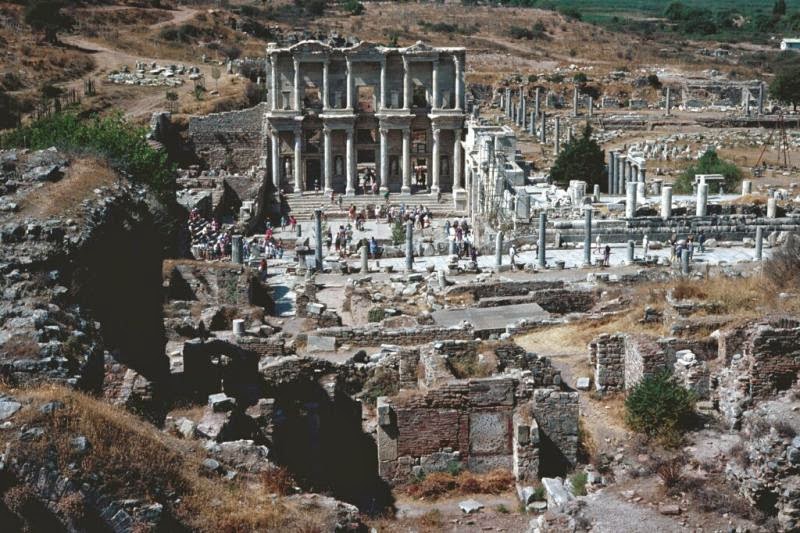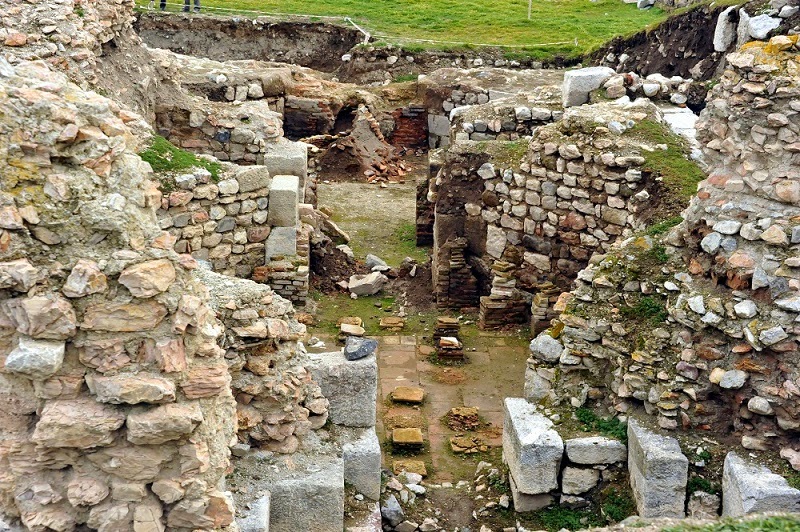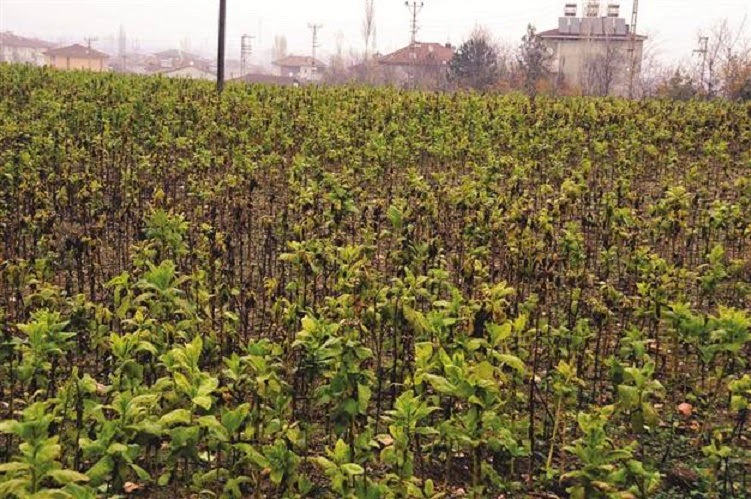
process for nearly a year. The work is almost done and the monastery will
soon open to tourism [Credit: Hurriyet]
In a written statement, Trabzon Metropolitan Mayor Orhan Fevzi Gümrükçüoğlu noted Trabzon was a city of civilization and culture, and they were trying to revive the historical venues in the city to bring in more tourists.
For this purpose, the restoration of the Kızlar Monastery, located in the Boztepe neighborhood overlooking the city, began in March 2014. “The restoration project of the monastery had been made in the past with the financial resources of the municipality. Then we handed over this historical site to the Culture and Tourism Ministry for five years to begin the restoration. On our insistence, the ministry initiated a tender for the restoration and the contactor company who won the tender is carrying out the restoration,” the mayor said in the statement.
Speaking on the importance of the monastery in terms of tourism in the region, Gümrükçüoğlu said, “When the work is done, the Kızlar Monastery will serve tourism and revive the cultural, artistic and touristic life of Trabzon. We believe the city will become a rising star in tourism.”
He also noted artisans in the city were very pleased with the restoration, adding, “The monastery will be a frequently visited spot for local and foreign tourists. This makes the locals and artisans of the neighborhood very happy. The monastery will contribute to Eastern Black Sea tourism when it is opened. It will be a center of attraction for tourists visiting Trabzon. The historical rock church in the monastery and the rare frescoes will come to the surface when the restoration is done. The cost of the restoration project is 1.57 million Turkish Liras.”
The monastery complex built on two terraces and is surrounded by a high protective wall. The monastery was founded in the reign of Alexios III (1349–1390). The monastery initially comprised the rock church on the south side the chapel in its entrance and a few cells. Inside the rock church there are inscriptions and portraits of Alexios III, his wife Theodora and his mother Irene.
Source: Hurriyet Daily News [January 30, 2015]



























